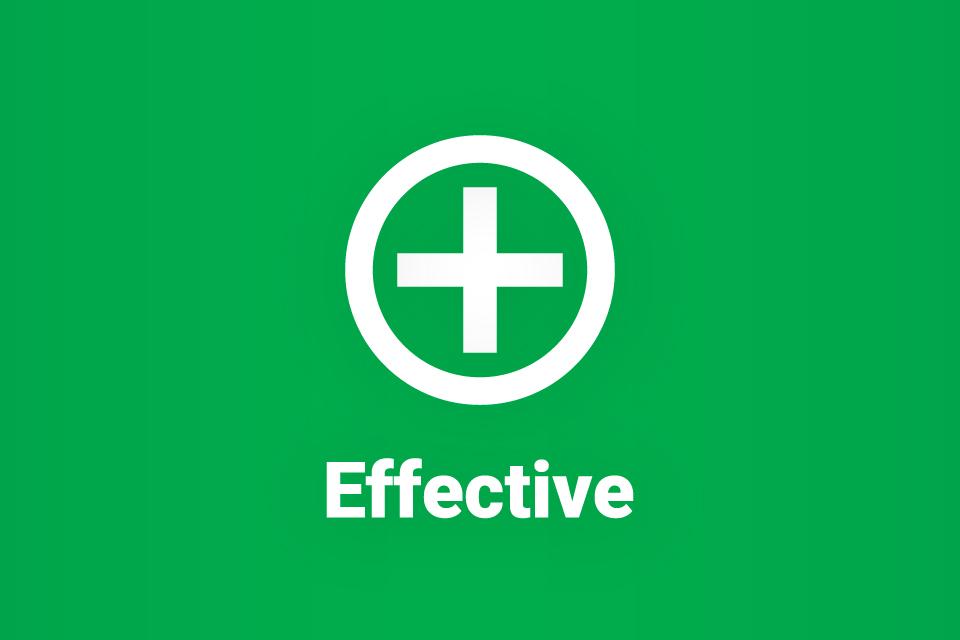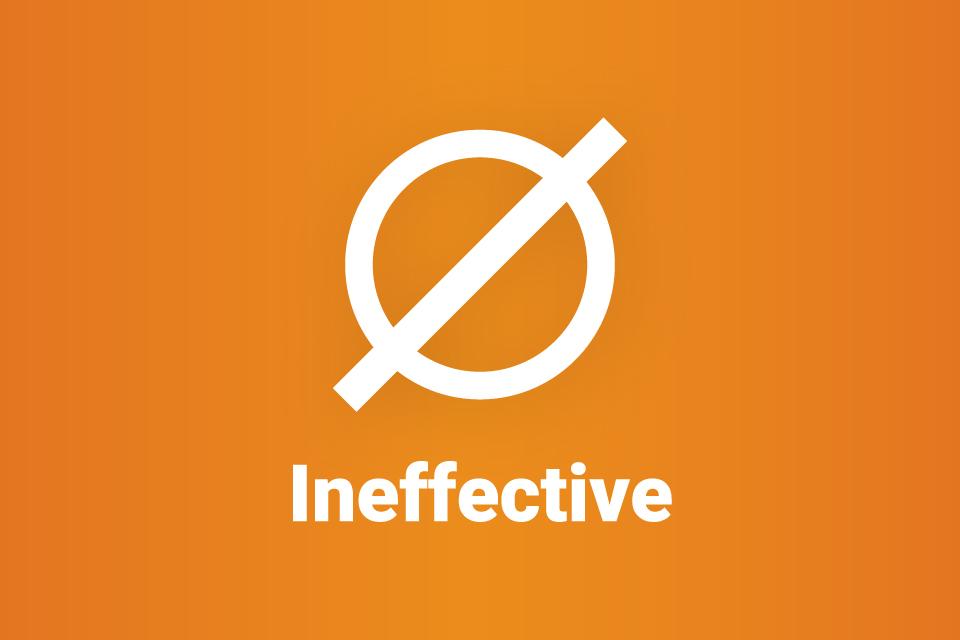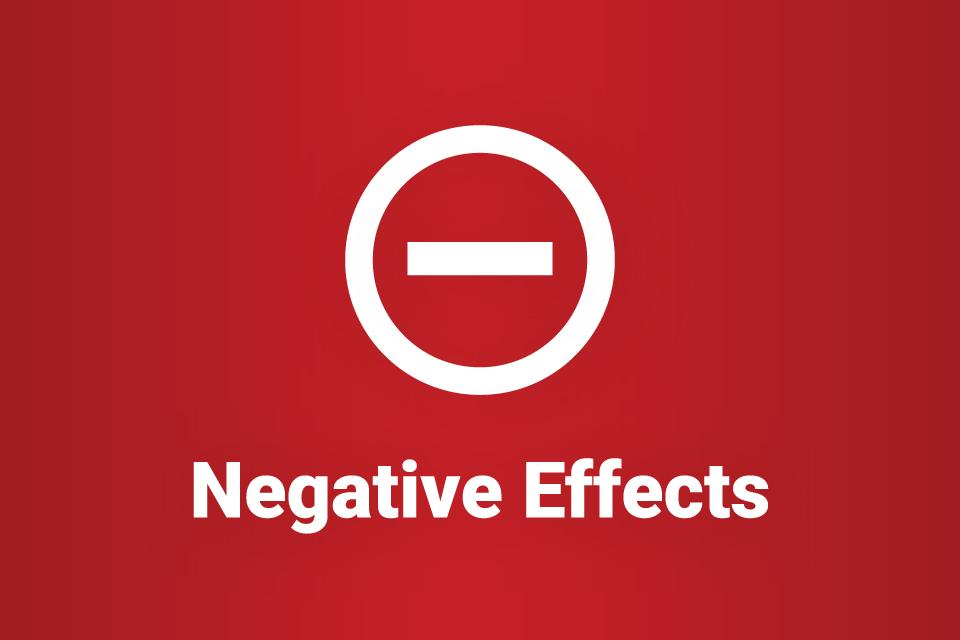About CrimeSolutions
CrimeSolutions’ ratings are assigned from standardized reviews of rigorous evaluations and meta-analyses. While we encourage you to learn more about this process, you don’t need to in order to benefit from it. Our clear ratings and profiles can help you determine if a program or category of program is worth pursuing.
Find Interventions by Topic
- Crime prevention
- Campus crime
- Drug crime (See also Drugs and Substance Abuse)
- Gangs
- Property crime
- Public order offenses
- Sex offenses
- Traffic laws
- Violent crime
- Crime prevention
- Campus crime
- Drug crime (See also Drugs and Substance Abuse)
- Gangs
- Property crime
- Public order offenses
- Sex offenses
- Traffic laws
- Violent crime
- Law enforcement
- Law enforcement equipment/technology
- Law enforcement operations
- Arrests
- Investigations (See also Crime Prevention)
- Patrol
- Traffic law enforcement
- Policing strategies
- Community policing
- Gun violence
- Problem-oriented policing (including hot-spot policing)
- Procedural justice
- Use of force
- Law enforcement
- Law enforcement equipment/technology
- Law enforcement operations
- Arrests
- Investigations (See also Crime Prevention)
- Patrol
- Traffic law enforcement
- Policing strategies
- Community policing
- Gun violence
- Problem-oriented policing (including hot-spot policing)
- Procedural justice
- Use of force
Suggest a topic! If there is a topic you are not seeing, let us know by contacting us at contact@crimesolutions.gov.

An Effective program is likely to result in the intended outcomes. An Effective outcome indicates, on average, there is strong evidence that implementing the program, or a program encompassed by the practice, will achieve the intended outcome.

A Promising program may result in the intended outcomes. A Promising outcome indicates, on average, there is some evidence that implementing the program, or a program encompassed by the practice, will achieve the intended outcome.

An Ineffective program is unlikely to result in the intended outcomes. An Ineffective outcome indicates, on average, there is strong evidence that implementing the program, or a program encompassed by the practice, will not achieve the intended outcome.

A Negative Effects program is may result in negative outcomes. A Negative Effects outcome indicates, on average, there is strong evidence that implementing the program, or a program encompassed by the practice, may result in a negative outcome.
A Program is a specific set of activities carried out according to guidelines to achieve a defined purpose. Program profiles on CrimeSolutions tell us whether a specific program was found to achieve its goals when it was carefully evaluated.
Recently Rated
Program Summary: This intervention involves officers wearing cameras on their uniforms to increase citizens’ intentions to comply with police and improve their perceptions of police during traffic stops. The program is rated Promising. Drivers who encountered officers with cameras had statistically significant increases in both compliance and cooperation with officers and improved perceptions of procedural justice and police legitimacy, compared with drivers who encountered officers not wearing cameras.
Program Summary: The program focuses on reducing violent gun crime by disrupting the cycle of gun violence by relying on forensic science and data analysis to identify, investigate, and prosecute individuals who use guns in criminal activity, and the sources of their guns. The program is rated Promising. The program did not significantly affect homicides or aggravated assaults with a firearm but was shown to significantly reduce violent crime and robbery with a firearm.
Program Summary: The mobile device and software for this program were developed to enable frontline police officers to access police database records and upload timely and accurate information while out in the field. This program is rated Promising. The program led to statistically significantly increases in the total number of recorded street checks, the total number of recorded driving offenses, and the number of drug offenses (possession and use) recorded per month by police officers.
Program Summary: This program was a place-based crime policing initiative implemented for 1 year to reduce violent crime. Risk-based policing initiatives promote data-informed decisions based on a process of defining the problem, gathering information, and analyzing data. The program is rated Promising. The program resulted in a statistically significant reduction of 22.6 percent in violent crimes in the intervention areas, compared with the comparison areas.
Program Summary: This program uses psycho–social and present-moment awareness techniques to target adolescents’ alcohol-related cognitions and prevent their alcohol use. The program is rated Promising. Adolescents who received the intervention had reduced growth of alcohol consumption, compared with adolescents in the control group. There were no statistically significant differences between the groups in both negative and positive alcohol expectancies and drinking refusal self-efficacy.
Program Summary: This is an individual compassion-focused, therapy-based intervention adapted from traditional compassionate-focused therapy to reduce psychopathic traits in youth in a correctional setting in Portugal. The program is rated Promising. The program was shown to statistically significantly decrease measures of psychopathic traits, grandiose manipulative, callous–unemotional, impulsive irresponsible, daring irresponsible, and conduct disorder traits.
Program Summary: This program provides community supervision and services to individuals released early from prison to help them find employment and reduce their recidivism. The program is rated Effective. Program participants were less likely to be reincarcerated and had higher rates of integration into the workforce, compared with individuals who did not participate in the program. These differences were statistically significant.
Program Summary: This involves police officers wearing cameras on their uniforms to improve the civility of their interactions with citizens. The program is rated Effective. There were statistically significant reductions in citizen complaints against police and police use-of-force reports for officers who wore cameras, compared with those who did not, and statistically significant reductions in complaints against control officers in the treatment districts, compared with officers in the untreated districts.
Program Summary: This involves prison time for individuals who have committed drunk-driving offenses to reduce their risk of recidivism upon their release. The program is rated Ineffective. There was no statistically significant difference between individuals in the treatment group (who received prison time) and the comparison group (who received a suspended imprisonment sentence) on reoffending with a driving-while-under-the-influence-of-alcohol offense within 6 months’, 24 months’, or 5 years’ time.
Practice Summary: This practice encompasses programs that provide youths who have emotional and behavioral problems with supportive relationships (generally with older individuals who offer guidance and encouragement) to improve their mental health outcomes. The practice is rated Effective for improving youths’ internalizing symptoms, externalizing symptoms, and interpersonal skills.



